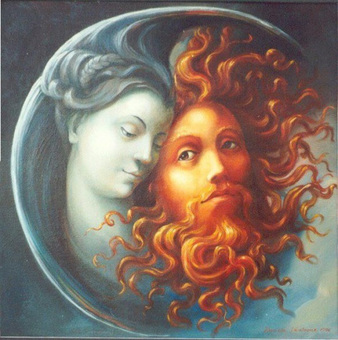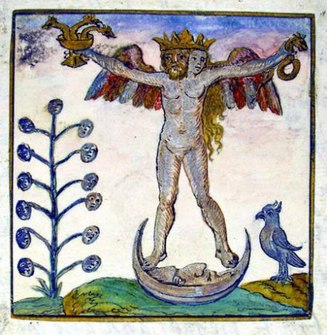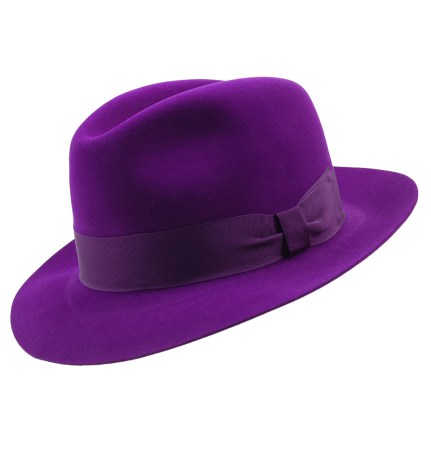
Woman, Man.
At a fundamental level, Wicca is a binary religion. Despite whatever else it may be, it is a system that has at its heart, an idea of balance through binary equality. Dark and light. Positive and negative. Life and death. Male and female.
But are we now perhaps digging our own grave with that last one? As Wicca grew from the 1950’s onwards, it was in many ways incredibly forward thinking, by giving an equal balance between the male and female. More than this, it was female empowering, making the role of High Priestess one of leadership in each coven. It was then perhaps inevitable that Wicca would find a way to sail on the coming wave of sexual revolution and gender equality. Its theology and structure meant that the religion was perfectly poised to be at one with the world that would emerge over the next 50 years. But more than that, this created a kind of closeness with many socially liberal attitudes, that meant that the kind of people drawn to this religion of sexual balance, were (for the most part) also the kind of people who were in favour in of other forms of equality, such as acceptance of homosexuality, bisexuality, polyamory, disability, race and so on.
While there is seldom (in my experience) any question about homosexuals being able to join the priesthood of the Wica, there is still sometimes debate about how homosexuality can fit in with the structure of Wicca, as a fertility religion that focuses upon a God and Goddess with a heterosexual myth cycle. Don’t get me wrong, it isn’t that such a structure suggests that there is anything wrong with homosexuality or that heterosexuality is somehow “better”, but it does raise questions about whether or not the focused celebration of a divine heterosexual union, leaves a hole for those whose acts of love and pleasure are not heterosexual.
But that is perhaps just the tip of the iceberg.

If understanding and acceptance of gender diversity continues as it has been for the past ten years (and why shouldn’t it?), we could be looking at a situation where fifty years down the line, Wicca’s simple structure of male-female binary, no longer reflects society’s understanding of gender, sex, romance and human interaction.
I’m not supposing that the current societal gender model will be no more. Let’s face reality: heterosexual cis men and women are still likely to be the majority. But what is likely to change (based on current trends) is how society at large views gender, sexual orientation and relationships. Homosexuals and bisexuals (for example) may still be a minority, compared to heterosexuals, but based on current trends it is fair to say that fifty years from now there is a very strong possibility that non-hetero relationships will be seen with equal normativity as straight relationships. Likewise, trans people (again, for example) may still be in the minority, but society’s ideas of gender may well have advanced beyond the binary, with equal acceptance of trans people (and other non-binary gender identities). Similarly again, monogamous couples may well still be society’s majority, but polyamory and other forms of non-monogamy may be accepted equally and seen as normal.
Looking forward at the world to come – and indeed, the world of now – we have to ask the question: Is Wicca’s format, it’s depiction of the Gods, it’s mythic cycle, it’s structure; able to incorporate, explore and celebrate a state of being that is more than just the male-female dynamic? And if it is not, what does that mean for the future of Wicca, in the world to come?

 RSS Feed
RSS Feed